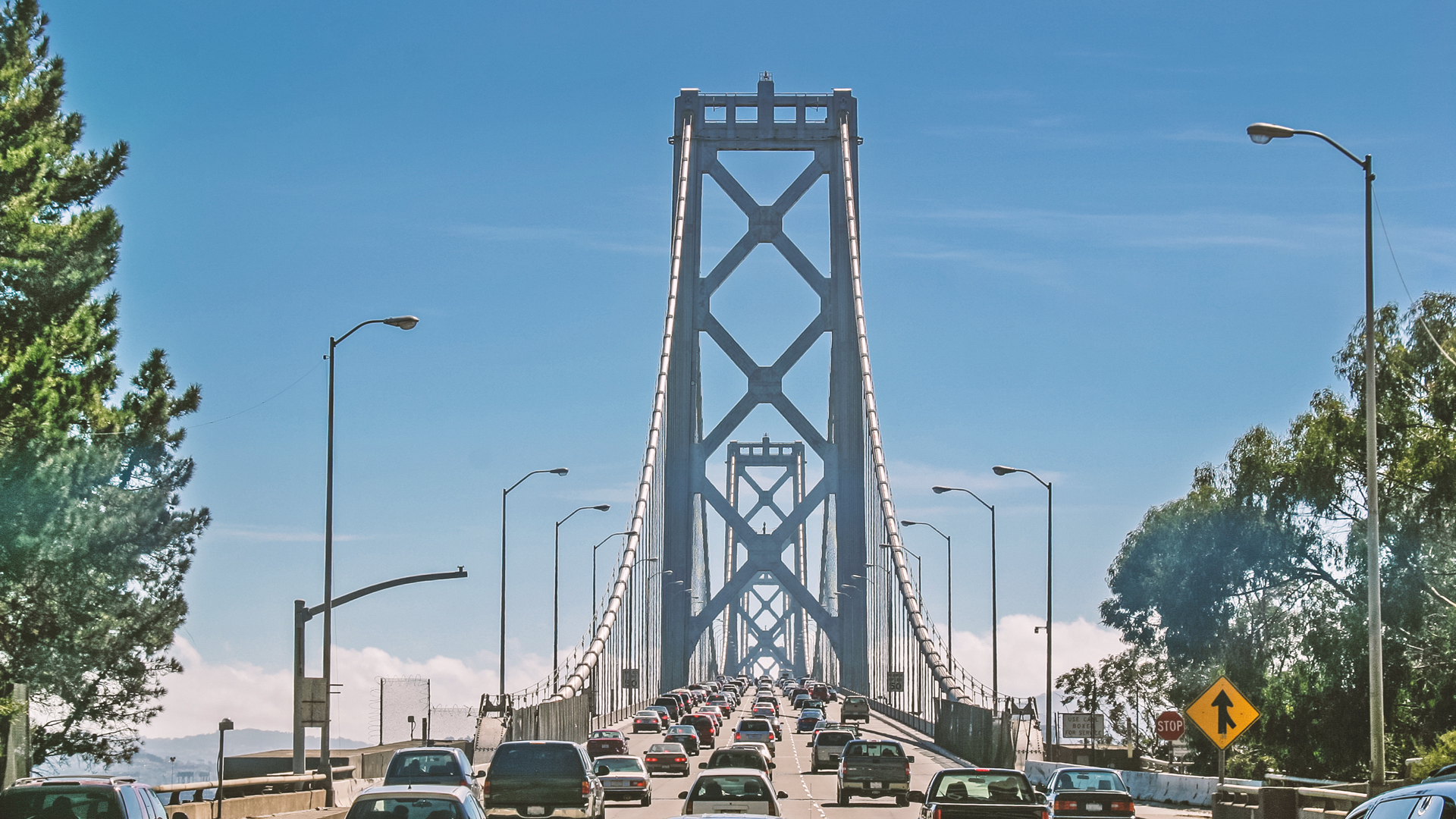An Accelerated Bridge Repair Program for the U.S.
May 18, 2016


This week is infrastructure week, seven days in which 150 different organizations ranging from the U.S. Chamber of Commerce to the National League of Cities put together events to educate taxpayers and policymakers on the benefits of addressing the nation’s public infrastructure. As the organizers put it, “infrastructure really matters”. Infrastructure touches all aspects of our daily lives, from public safety to quality of life to commerce and economic development. Just in the past few months we’ve been reminded of its importance, with the water crisis in Flint, Michigan and the problems with the Washington, DC Metro.
Despite its critical importance, the state of the nation’s infrastructure is not in good repair. The American Society of Civil Engineers (ASCE) recently released a report that estimated the gap between funding and infrastructure spending needs in the country stands at $1.44 trillion, a deficit that will grow to over $5 trillion by 2040 without additional funds. According to ASCE, the U.S. will sacrifice 2.5 million jobs and $4 trillion in gross domestic product over the next 10 years if it can’t address its infrastructure needs. That economic drag translates into a cost of about $3,400 to each American family.
Surface transportation has the greatest disparity between funding and needs, and arguably the most pressing in this category is the repair of bridges. The U.S. Department of Transportation regularly provides an inventory of the roughly 610,000 bridges across the country, and about 10% are currently deemed “structurally deficient”. Think about that for a minute: one in ten bridges that drivers rely upon to cross waterways, canyons and other roadways are rated deficient. Bridges are considered structurally deficient when they have significant deterioration of the bridge deck, supports or other major components of the bridge. This designation doesn’t necessarily mean that they pose an immediate safety hazard, but the bridge’s defects are significant enough that it may limit its ability to bear weight. The American Road & Transportation Builders Association estimates that at the current pace of investment it would take at least 21 years to replace or upgrade all structurally deficient bridges nationwide. We have to do a lot better than this.
One idea for infrastructure week is to have federal and state policymakers focus on a single type of infrastructure to be addressed quickly. If I was in charge, I would focus on bridges by creating a national accelerated bridge repair program. Bridges are a good candidate for an accelerated construction program because early investments to maintain their repair can cost-effectively extend their useful lives, not to mention the obvious safety benefit to the driving public.
If the repair of bridges became a priority of policymakers, what would be needed? First, I would use existing funding channels for such a program and not try to reinvent the wheel with new ideas like a national infrastructure bank. Of all the public infrastructure in the country, about 75% of it is built by state and local governments, with a large majority of funding for the projects coming from the municipal bond market. Second, policymakers could provide additional tools to local governments that are utilizing the municipal bond market to sell bridge bonds, like authorizing a limited, new version of the taxable Build America Bond program to be used specifically for a national bridge repair program. The original Build America Bond program was part of the 2009 federal stimulus. The benefit to issuers of these types of bonds is the ability to sell to taxable investors, expanding issuers’ available pool of capital beyond the traditional tax-exempt investor. Third, policymakers could consider additional revenues, like indexing federal and local gasoline taxes to inflation. Revenues from the federal gas tax, which haven’t been raised in more than two decades, flow back to states through the Federal Highway Trust Fund, another existing funding channel that has worked extremely well providing infrastructure funding since the 1950’s.
Massachusetts launched an accelerated bridge repair program in 2008, dedicating user fees and taxes generated by motor vehicles, as well as funds from its share of the Federal Highway Trust Fund, to finance the massive program. The program won awards for its financing and construction innovation, and succeeded in reducing the state’s inventory of structurally deficient bridges by an estimated 25%. Now would be a perfect time to take a program like this nationally, with interest rates low, the price of gas relatively low, and a big slump in commodities globally.
Here's a link to an interactive map of all of the bridges in the country, courtesy of The Atlantic's City Lab:
Check out how many structurally deficient bridges are in your neighborhood!